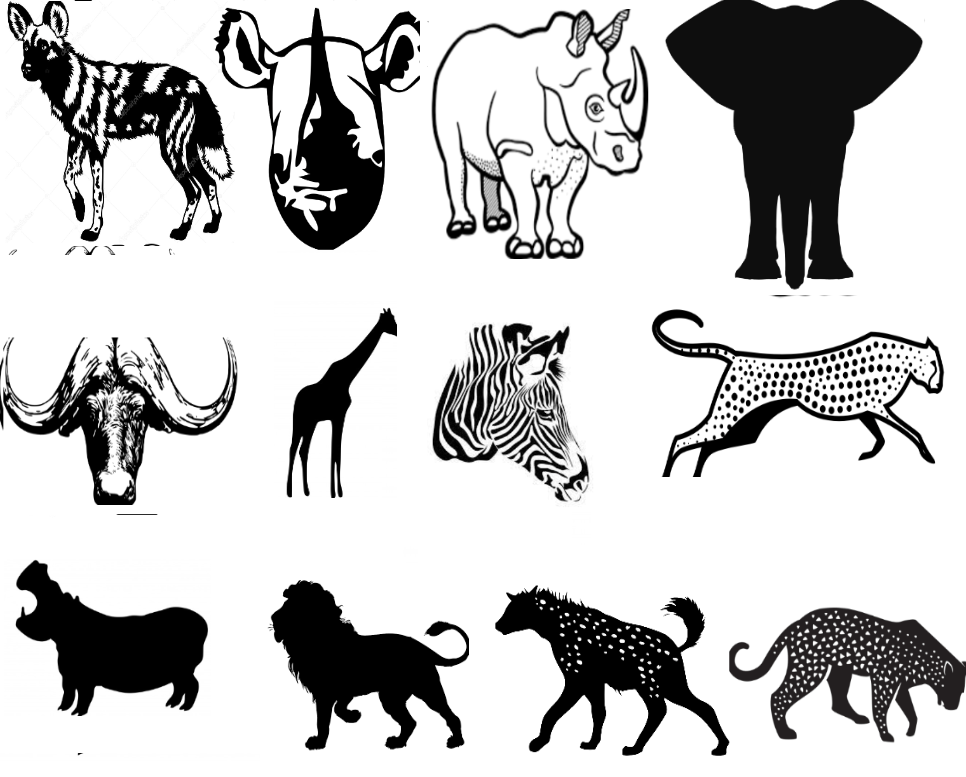
Andean mountain cat
This small wildcat species are found across an isolated series of mountain regions in the Andean mountains.
This cat is considered endangered in its native habitat. It is found in the high andes but there are only about 1400 that remain in the wild and declining. One big threat is the fact that the mountain Chinchilla has been hunted to the brink of extinction – given their habitats coincided, the loss of this food source is likely to be a big threat to the survival of the Andean mountain cat, as at high altitudes, there is less food, so the loss of one of their major food sources might well cause the population to crash.
There is precedent for a crash like this- the Iberian rabbit population was hit with a series of illnesses both caused by human carelessness or intentionally introduced. This caused the rabbit population to crash and as a result most Iberian lynx to die. It is likely that a captive breeding project for the mountain Chinchilla and rerelease into its former range could quickly change this situation – a single female can have 12 young at a maximum, and are ready to breed at 2 years old – that means that within 5 years, a group of 20 of these animals could have become thousands – whether we can afford to wait that long is another issue.
Below this, we will include a video shot by a conservationist, of this cat in the wild. Below that, is a list of any articles which we have written on this species in the past, and below this we will include any links as to where you can see this species in the wild.




















